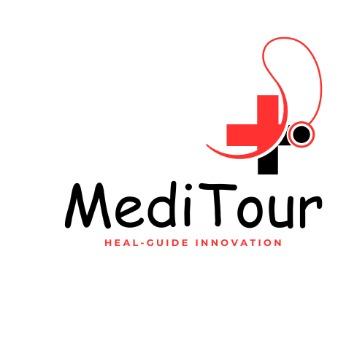MediTour
"HealGuide Innovation" MediTour is an innovative project that harnesses the power of Health Tech Facility Mapping to offer users a virtual tour of hospital rooms.
Created on 31st January 2024
•
MediTour
"HealGuide Innovation" MediTour is an innovative project that harnesses the power of Health Tech Facility Mapping to offer users a virtual tour of hospital rooms.
The problem MediTour solves
Real-Life Problems Solved by MediTour:
- Hospital Navigation Challenges:
Streamlines navigation for patients and visitors, alleviating the confusion of finding specific rooms or departments within the hospital. - Reducing Patient Anxiety:
Eases patient stress by providing a virtual preview of hospital rooms, fostering familiarity and creating a more comfortable environment during treatment or recovery. - Enhancing Accessibility:
Improves accessibility for individuals with mobility challenges or special needs, ensuring they can navigate the hospital with greater independence and confidence. - Emergency Preparedness:
Contributes to enhanced emergency preparedness by providing real-time information on evacuation routes and safety protocols, fostering a safer environment for patients and visitors.
Challenges we ran into
Developing a project like MediTour, which involves Health Tech Facility Mapping and virtual tours of hospital rooms, can present various challenges for developers. Some potential issues include:
-
Data Security and Privacy Concerns:
Handling sensitive healthcare information requires strict adherence to data security and privacy regulations. Developers must implement robust security measures to protect patient data, ensuring compliance with healthcare industry standards. -
Integration with Hospital Systems:
Integrating the platform with existing hospital systems, such as Electronic Health Records (EHR) or appointment scheduling systems, can be complex. Compatibility issues may arise, requiring careful coordination and collaboration with hospital IT teams. -
Accurate Facility Mapping:
Creating precise and accurate virtual representations of hospital facilities demands meticulous attention to detail. Developers need to ensure that the mapping aligns with the actual layout of the hospital to provide reliable navigation information. -
User Accessibility and Inclusivity:
Addressing the diverse needs of users, including those with disabilities, requires a focus on accessibility. Developers must implement features such as voice-guided navigation, text-to-speech, and adjustable contrast to make the platform inclusive for all users. -
Wearable Technology Integration:
Integrating with wearable devices for real-time health updates may pose challenges related to compatibility and synchronization. Developers need to ensure seamless communication between the platform and various wearable technologies. -
Multilingual Support:
Implementing multilingual support requires careful consideration of language nuances and cultural differences. Developers must design an interface that accommodates multiple languages and ensures accurate translation.
Tracks Applied (1)
